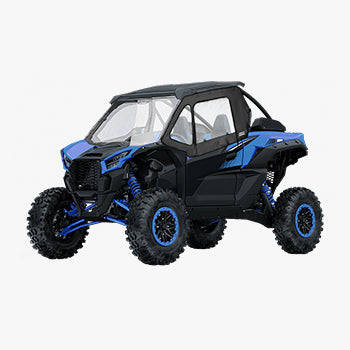ICE FISHING

Tips for ice fishing season: the best fishing guide for ice fishermen, the latest trend in 2022
As the chilly winter season approaches, it is time for the fun and thrilling sport of ice fishing. If you want to catch fish in a cold lake this winter, then you are at the right place. Read the following tips to learn more about ice fishing!

LEARN FROM THE PROS
Why go
ice fishing?
Safe for
Ice Fishing
Places for
Ice Fishing
Tips to
Ice Fishing

Some good places for ice fishing
According to statistics, the winter catch in the United States is more than 30% of that in other seasons, which is very surprising. So next, let's examine some places in the United States that are optimal for ice fishing.
- Woods Lake, Minnesota – The lake contains plenty of fish, ranging from trout, corneal mackerel to bass. Every winter, Woods Lake becomes a huge shantytown specially used for social adventures and ice fishing.
- Lake Winnebago, Wisconsin – The largest inland lake in Wisconsin has rich species of corneal white spot fish, as well as bass, white bass, and sturgeon.
- Fort Peck Lake, Montana – This place is the fifth-largest artificial lake in the United States. All kinds of fish are about the same size, sufficient to meet your daily dietary requirements. You can catch lake trout, northern barracuda, corneal white spot fish, or sorgo fish.
11 TIPS FOR SAFE ICE FISHING
Ice fishing is one of the most popular winter activities. Yet 22% of immersion deaths on ice are from fishing. Too many people ignore the potential dangers of ice fishing. There are many steps you can take to make sure you stay safe on the ice. Follow these tips to make sure you stay safe this winter.

- Stay on Thick Ice
Know how deep the ice is before you do anything. Anything under 4" is too shallow to fish on. If you’re fishing in groups, the ice should be 6" thick or thicker. With snowmobiles, 10", cars at least 12" and pickup trucks, over 12" - Dress for the weather – in layers
Layering helps regulate your body temperature as it makes it easy to adjust – simply add or remove layers based on the weather. Loose fitting layers also help insulate your body by forming air pockets of warm air between your layers. - Bring plenty of water and food
It’s important to stay hydrated and nourished when ice fishing. - Don’t just seek shelter – bring it!
Portable ice huts allow you to go where the fish are, while keeping you warm and comfortable. Look for ice shelters that are ventilated and made from durable waterproof material. - Don’t travel on ice at night
If you need to walk, sled, or drive on the ice, do this during the day. Don’t risk falling into a hole or through thin ice by going at night. - Check with local authorities before fishing
Follow regional guidelines and info on local ice conditions for whichever body of water you decide to fish on before heading out on the ice. - Be aware of currents and tides
Places with either or both of these do not always have consistently thick ice. - Avoid any open holes in the ice
And wear a cold protection suit and a flotation device just in case – whether on thick ice or on the shore. - Don’t drink and fish
Leave alcohol at home. Besides the dangers of fishing while intoxicated, alcohol can actually cool your body, which leaves you at greater risk for hypothermia. - Don’t fish alone
Whenever possible, bring at least one friend to go fishing with. This way, rescue is possible if someone falls through the ice. - Bring rescue equipment
You’ll need plenty of gear to ensure the best chance of saving a life when fishing. Ropes, ice picks, a first aid kit, a satellite communicator with GPS, a flashlight, and your mobile phone in a waterproof container.






















